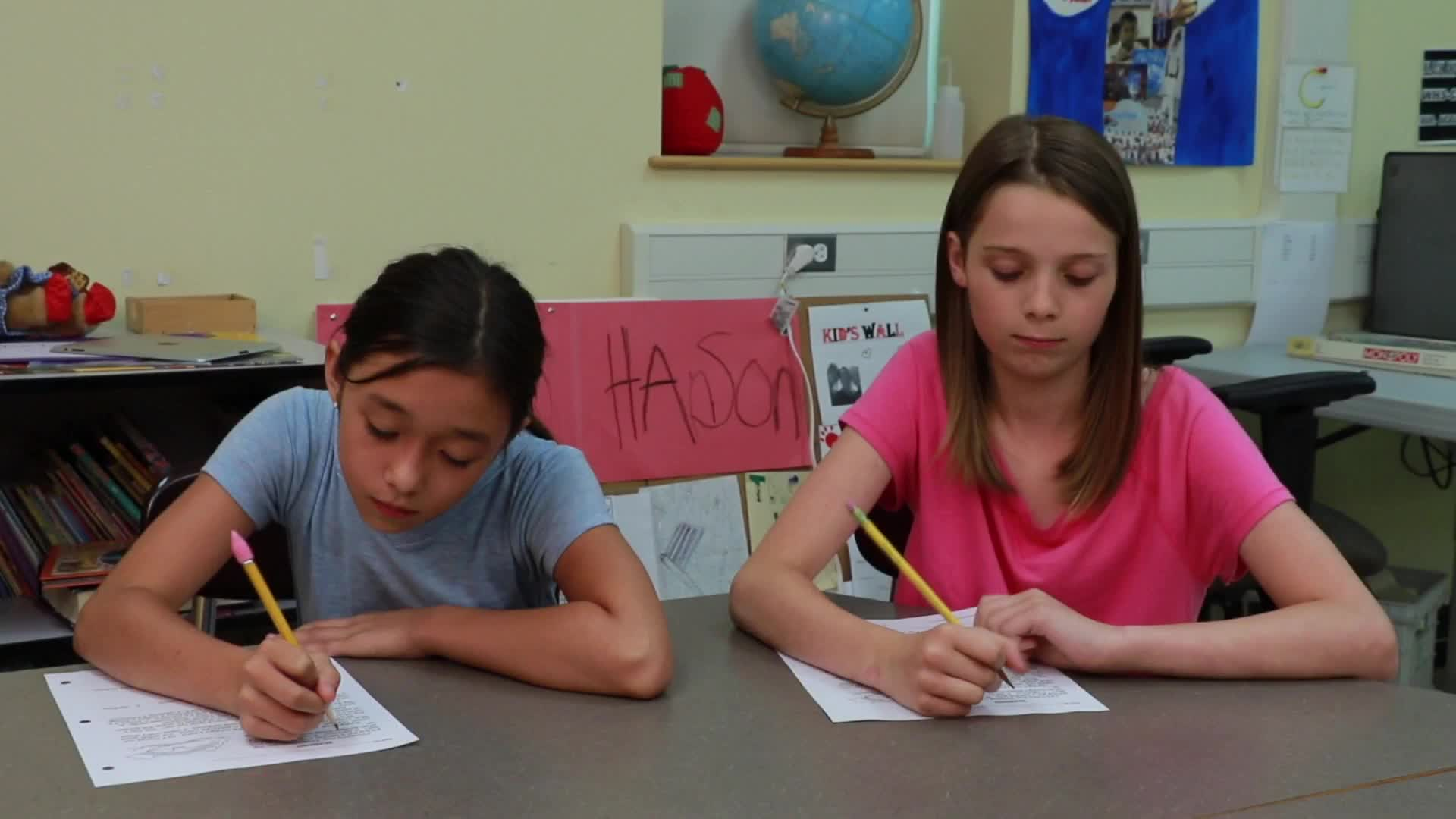
When we engage in a conversation, there’s more to communication than just hearing the words spoken. Active listening involves our whole body, not just our ears. This concept, known as whole body listening, is a crucial skill for students in special education settings to develop effective communication and social interactions. In this blog post, we will discuss the importance of whole body listening and provide a no-prep activity, discussion questions, related skills, and next steps for educators to facilitate this essential skill in their students.
Introduction
Whole body listening is the practice of using our entire body to show that we are actively engaged in a conversation. This includes facing the speaker, making eye contact, and displaying appropriate facial expressions and body language. When students in special education learn to listen with their whole body, they demonstrate respect and interest in the conversation, making interactions more meaningful and effective. Whole body listening not only helps students become better communicators but also fosters positive relationships with their peers and educators.
No-Prep Activity: The “Freeze Frame” Game
This simple, no-prep activity is a fun and engaging way to teach whole body listening to students in special education. It can be adapted for various age groups and abilities.
- Have students sit in a circle, facing each other.
- Explain that you will play some music, and when the music stops, everyone should “freeze” in a whole body listening position (facing the person next to them, making eye contact, and showing an attentive expression).
- Play the music and let students dance or move around the circle. Stop the music at random intervals.
- When the music stops, observe students’ whole body listening positions and provide feedback or praise for those demonstrating the skill effectively.
- Repeat the game several times, allowing students to practice and refine their whole body listening skills.
Discussion Questions
- Why is it important to listen with our whole body when someone is speaking to us?
- How does whole body listening show respect and interest in a conversation?
- What are some examples of body language that demonstrate you are actively listening?
- How do you feel when someone is not using whole body listening while you are talking to them?
- Can you think of a situation where whole body listening was especially important? What happened?
Related Skills
Whole body listening is just one aspect of effective communication and social interactions. Other related skills that educators can teach alongside whole body listening include:
- Active listening: Focusing on the speaker’s words and asking clarifying questions to show understanding.
- Verbal communication: Expressing thoughts and feelings clearly and respectfully.
- Nonverbal communication: Understanding and interpreting facial expressions, gestures, and body language.
- Empathy: Recognizing and responding to the emotions and perspectives of others.
- Turn-taking: Practicing patience and allowing others the opportunity to speak during a conversation.
Next Steps
Teaching whole body listening is an essential step in helping students in special education develop effective communication skills and build strong relationships. To explore more activities and resources for teaching this skill and others, we invite you to sign up for free samples at Everyday Speech. These sample materials will provide you with practical tools and strategies to support your students’ social-emotional learning journey.





